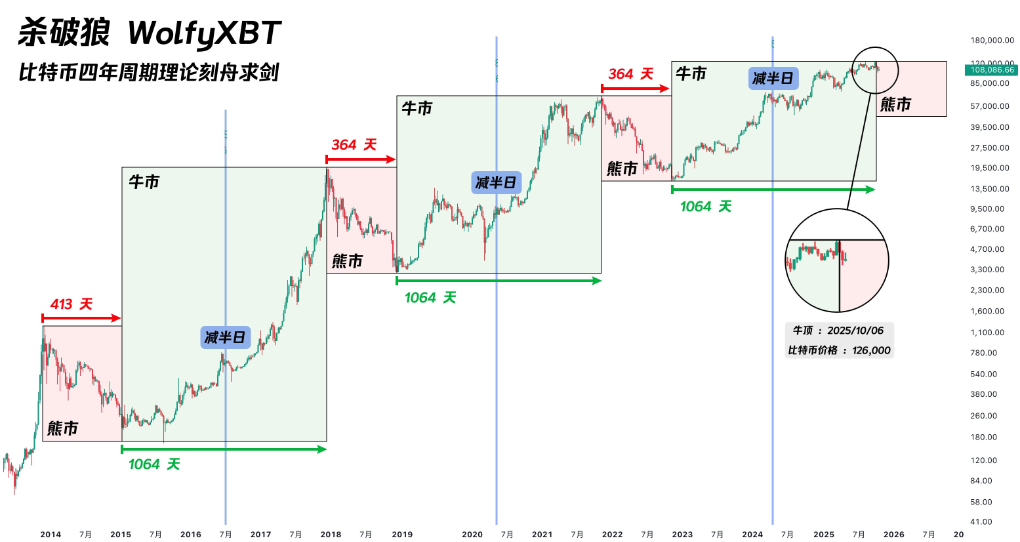ETF Slow Down, Whales Offload : Is Bitcoin Losing Steam ?
Bitcoin wavers, and the market divides. While crypto suffers a drop of nearly 15 % in a few weeks, a clear rift appears between small holders and institutional investors. While the former take advantage of the decline to strengthen their positions, the whales quietly liquidate thousands of BTC. This strategic gap, observed by the Santiment platform, could mark a decisive turning point in the market’s evolution.

In brief
- Bitcoin falls nearly 15 % in a few weeks, sparking concerns and tensions in the market.
- A clear rift appears between retail investors buying the dip and whales lightening their positions.
- According to Santiment, this divergence is a historic warning signal, with prices generally following whale trends.
- Four key factors confirm this alert: massive sales, signal contradictions, market structure, and historical precedents.
A strategic rift : when whales sell and retail investors buy
Since October 12 after the chaos caused by Trump’s tariffs , data from the Santiment analysis platform reveals a market dynamic that starkly differs depending on investor size.
Wallets holding between 10 and 10,000 BTC, often referred to as whales, have sold about 32,500 BTC. This massive sell-off coincided with a significant drop in Bitcoin’s price, from $115,000 to $98,000 on November 4, before a slight rebound around $103,780.
Meanwhile, small investors have taken advantage of the decline to strengthen their positions. As Santiment indicates : “retail small investors massively bought during the dip”.
This divergence between the two categories constitutes a “major divergence between large and small investors”, to be considered a cautionary signal. To reinforce this warning, Santiment reminds us that historical precedents show a clear trend : “historically, prices tend to follow the direction of whales, not retail investors”. Thus, this situation suggests several points of vigilance :
- Whale sales occur in a high price zone, which could indicate anticipation of a deeper pullback ;
- Retail buying is done with a short-term rebound outlook, often contradicting signals given by better-informed wallets ;
- The current setup resembles previous distribution phases, observed before more pronounced corrections ;
- The unsynchronized behavior between major and minor players is historically a bad omen for the stability of the leading crypto’s price.
This tension between accumulation and distribution fuels uncertainty about upcoming market trends and casts doubt on the durability of the ongoing rebound.
Consolidation, macroeconomic uncertainty, and the key role of ETFs: analysts divided
Beyond blockchain movements, some analysts favor a more nuanced reading of Bitcoin’s current situation.
Thus, Bitfinex experts estimate the market is entering a consolidation phase marked by persistent volatility. “We believe this is not a sprint to new highs”, they explain, highlighting that Bitcoin’s rapid ascent to $125,000 in October was largely due to excitement triggered by inflows into Bitcoin spot ETFs.
However, this momentum quickly faded due to a combination of macroeconomic shocks, a major options expiration, and a profit-taking episode. The market then corrected, bringing BTC below the $100,000 mark before a slight rebound.
Since then, ETF inflows have slowed significantly, with a total of $2.04 billion in outflows over six days , according to Farside data. It’s only now that these flows have stabilized, revealing a possible institutional interest comeback.
In this context, perspectives remain divided. If ETFs were to regain an inflow pace exceeding $1 billion per week, combined with easing macroeconomic conditions, some analysts do not rule out a return to $130,000.
Jake Kennis, senior analyst at Nansen, tempers this optimism. He points out that despite Bitcoin’s historic year-over-year gains, recent “liquidation and market structure break reduce the likelihood of a short-term rally”. However, he adds “a new annual high remains possible if momentum decisively shifts”.
Ultimately, Bitcoin’s current situation reflects deep uncertainty, where technical signals coexist with conflicting market dynamics. While whales’ behavior calls for caution, ETF stabilization and a possible return of bullish momentum could offer opportunities.
Disclaimer: The content of this article solely reflects the author's opinion and does not represent the platform in any capacity. This article is not intended to serve as a reference for making investment decisions.
You may also like

Macroeconomic Interpretation: Powell's "Driving in the Fog" and the Financial "Hunger Games"
The article discusses the uncertainty in the global economy under the Federal Reserve's policies, particularly Powell's "hawkish rate cuts" and their impact on the market. It analyzes market distortions driven by liquidity, the capital expenditure risks of the AI investment boom, and the loss of trust caused by policy centralization. Finally, the article provides updates on macroeconomic indicators and market trends. Summary generated by Mars AI. This summary is generated by the Mars AI model, and the accuracy and completeness of its content are still in the process of iterative improvement.

Ethereum : JPMorgan signs a strategic $102M investment

Meta reportedly earned about $16 billion in 2024 from a massive amount of scam ads
